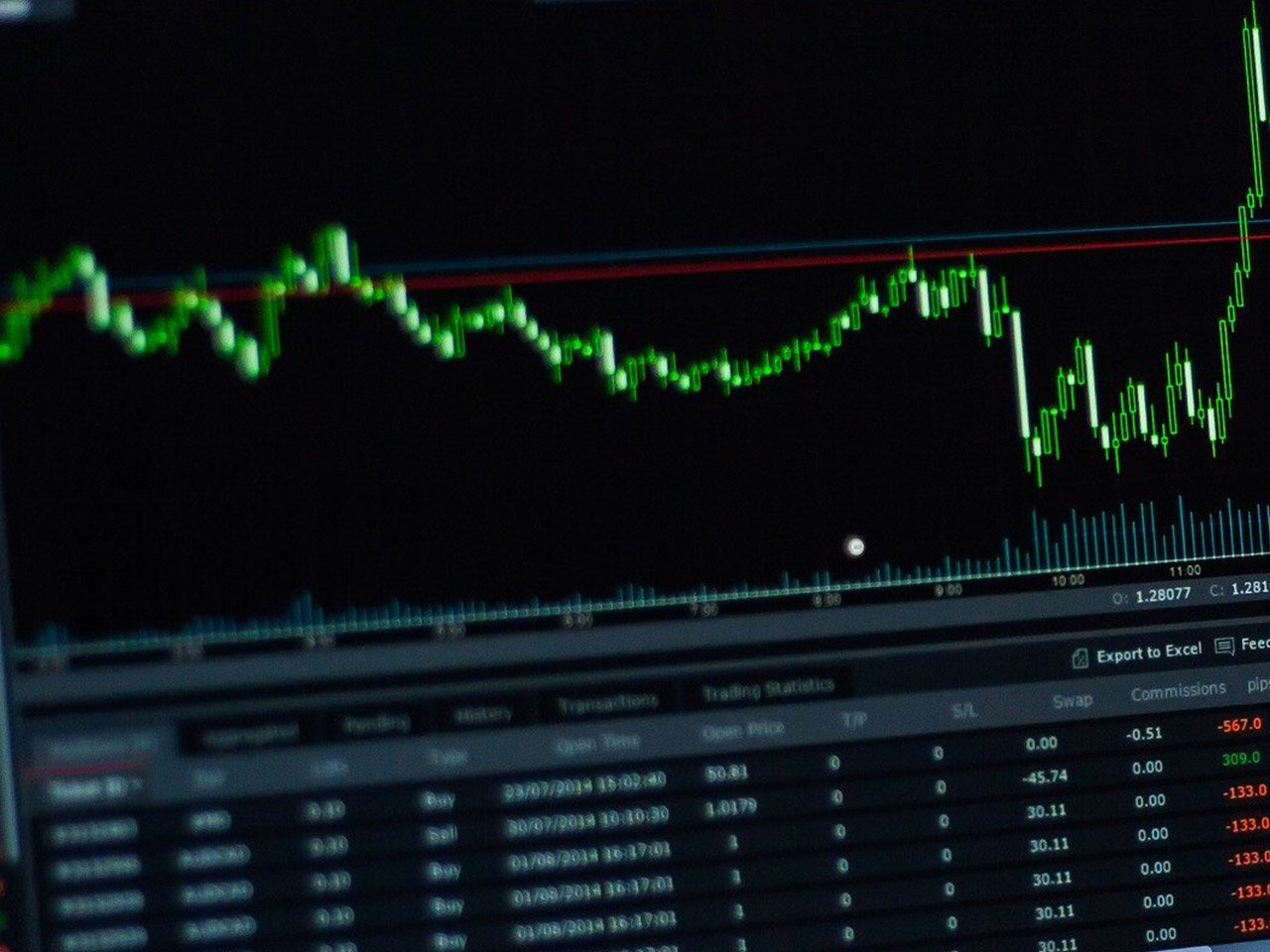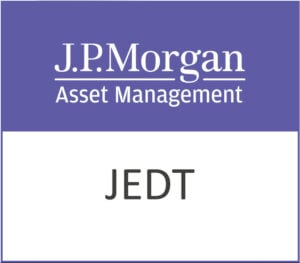Asana, Inc. (NYSE: ASAN), a prominent player in the technology sector, is carving out a niche in the competitive software application industry. Headquartered in San Francisco, Asana is renowned for its innovative work management software platform, designed to streamline project and workflow management across various sectors. Despite the challenges of a volatile market, Asana’s current market cap stands at $3.38 billion, reflecting its significant influence within the industry.
Currently priced at $14.32, Asana’s stock has experienced a modest decline of 0.03%, yet it remains within its 52-week range of $11.76 to $27.52. This fluctuation underscores the stock’s volatility but also highlights the potential for growth, with analysts projecting an average target price of $16.22. This presents a tangible upside of 13.29% for investors, positioning Asana as an intriguing prospect in the technology sector.
The valuation metrics for Asana reveal a forward P/E ratio of 42.63, which indicates investor expectations of future earnings growth despite the absence of a trailing P/E ratio. Currently, traditional valuation metrics like the PEG ratio, Price/Book, and Price/Sales are not available, which may raise concerns among value investors. However, Asana’s revenue growth of 9.90% provides a silver lining, suggesting a robust upward trend in the company’s financial performance.
Performance metrics exhibit both challenges and opportunities. Asana’s EPS sits at -0.90, and the company faces a significant return on equity of -80.55%. These figures highlight the company’s ongoing struggles to achieve profitability. Yet, with free cash flow reported at $138.4 million, Asana demonstrates its ability to generate cash, potentially paving the way for future investments and growth initiatives.
Asana does not currently offer a dividend yield, with a payout ratio of 0.00%, indicating a focus on reinvestment and growth over immediate shareholder returns. This strategy aligns with its aggressive expansion and product development goals.
Analyst sentiment on Asana is mixed, with 4 buy ratings, 8 hold ratings, and 3 sell ratings. The target price range of $10.00 to $22.00 suggests varying opinions on the stock’s trajectory, reflecting both potential risks and rewards for investors.
From a technical perspective, Asana’s stock is trading above its 50-day moving average of $14.03 but below its 200-day moving average of $16.01. This crossover could signal potential short-term bullish momentum. Additionally, the RSI (14) of 83.08 indicates that the stock may be overbought, which could prompt a correction or consolidation phase. The MACD of 0.11 above the signal line of 0.08 further supports a short-term bullish outlook.
Asana’s hybrid go-to-market strategy, which combines a product-led model with direct sales and channel partnerships, enables it to serve a diverse clientele across industries such as technology, retail, healthcare, and more. This approach not only enhances its market reach but also strengthens its ability to adapt to varying economic conditions.
For investors, Asana presents a compelling opportunity with its promising growth potential, albeit with inherent risks due to its current financial metrics and market volatility. As the company continues to innovate and expand its platform capabilities, those willing to navigate the complexities of Asana’s financial landscape may find it a rewarding addition to their investment portfolio.










































